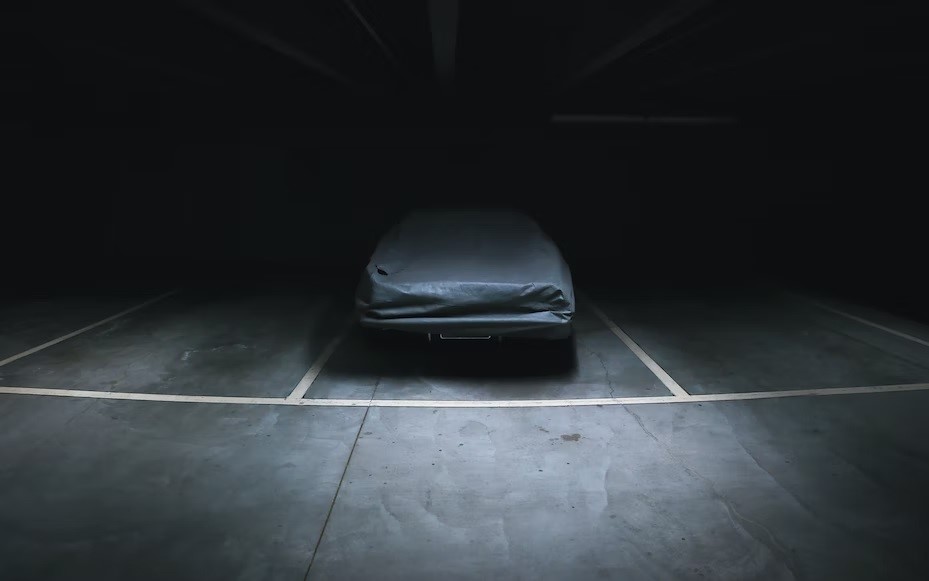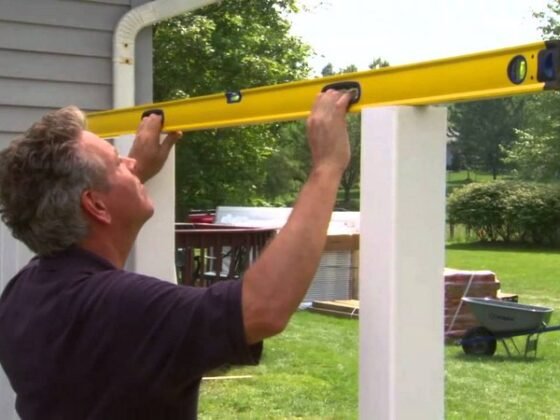Table of Contents Show
With road salt, chemicals, oil spills, and more, your garage floor takes a beating. Though it’s easy to overlook, keeping it safe from these common dangers will allow it to continue functioning at peak efficiency for much longer.

These solutions are your best bet if you want to turn your garage into a hangout area or, at the very least, keep it from appearing like a bomb went off in there.
● Covering Garage Floors with Epoxy
Surface flaws are concealed by the epoxy coating, and the floor is protected from spills and stains. You may jazz up plain flooring by painting it a single color, or you can add multicolored flakes for a flecked effect.
In spite of their resilience, epoxy floor coverings are vulnerable to abrasive cleaning products and need special care to retain their appearance.
● Polyaspartic Coating for Garage Floors
Garage floors are vulnerable to wear and tear, but polyaspartic coatings provide durable protection in a variety of attractive colors and textures. Similar to epoxy, stone or granite imitations may be made by using either solid hues or a combination of flakes in different colors.
In addition to getting your garage back in a shorter amount of time, they dry in an hour or less. They are more expensive than epoxy, but their increased longevity is well worth the added expense.
Read Also:
● Sealants for Garage Floors
As the name implies, garage floor sealers create an impenetrable barrier that prevents moisture from penetrating the floor.
Even though they don’t provide the same level of protection as epoxy or polyaspartic coatings, they’re still preferable to having no protection at all. Existing stains will still show through, however, so you’ll need to address them first.
Epoxy floor coatings may transform the boring concrete in your garage or basement into a stunning addition to your house. Urethane sealants are the most reliable. These come in a variety of colors and sheen levels. Sealants made of acrylic and latex are less resistant to chemicals and have a duller appearance.
Whatever option you choose, the greatest results will be achieved if you know how to seal your floor properly. Check out garage floor concrete coating in Jacksonville, FL.
● Put Tiles on Your Garage Floor
If you don’t want to use chemicals, interlocking tiles are a fantastic option. Both plastic and rubber tiles are available in a broad variety of colors and designs.
Garage flooring gets a lot of foot activity, so even though tiles are the fastest and simplest to install, they don’t hold up well. They may also act as a sponge for dirt and moisture. They aren’t the best choice for a busy garage, but if you value comfort, they’re still something to think about.
● Carpets and Rugs
Covering the concrete floor in a garage with a rug or mat may help hide stains and protect the floor below. However, if they aren’t regularly cleaned, they may soak up a lot of water and become a mess. Even so, they’re simple to maintain and provide enough security; this makes them a practical choice.
These solutions won’t fully cover a concrete garage floor that has been severely discolored, fractured, or otherwise damaged. Concrete repair specialists in your region can take care of repairs, while cleaning, painting, or acid staining may help cover stains.









